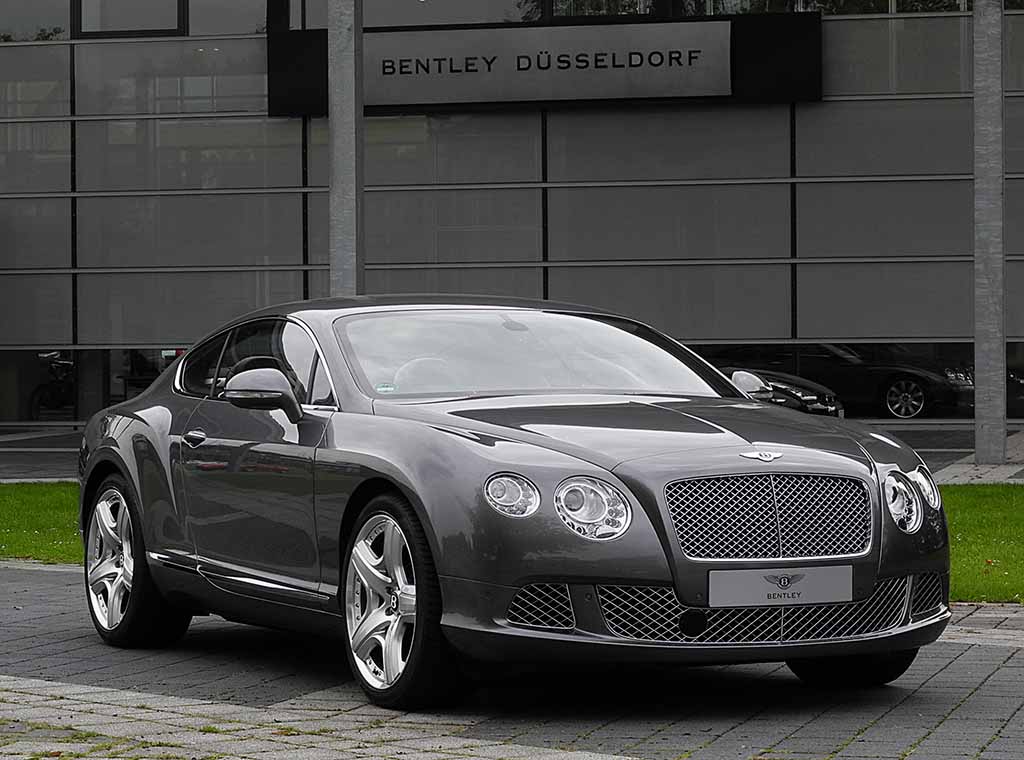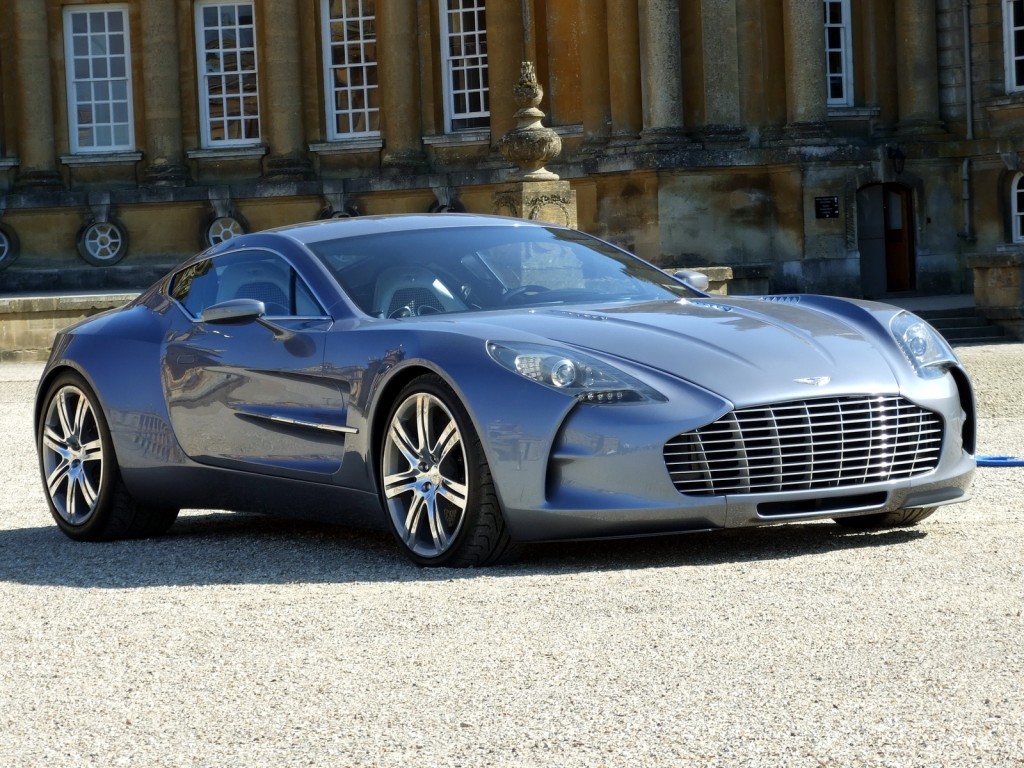Bentley Continental GT UK Car Review

Bentley, alongside Rolls Royce, has represented the British Isles since time immemorial – or so it seems. Spearheads of opulence and fine taste, they herald a bequest unsurpassed by any other automobile manufacturer on the globe, being chosen not only by prosperous connoisseurs, but also by monarchs and heads of states. Situated on a privileged […]
Aston Martin One-77 Review

The most exclusive product created by the revered British marque, the Aston Martin One-77, has been described by CEO Ulrich Bez as “living art”. The concept underlying the design as well as the production process itself was that of creating the most extreme Aston Martin thus far, whilst still keeping the trademark DNA of the […]
